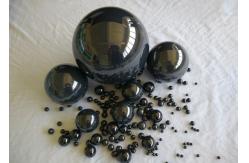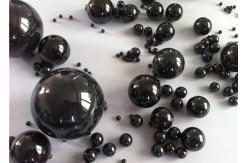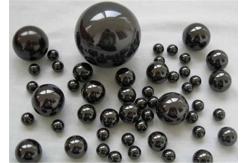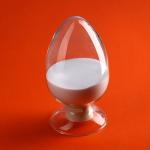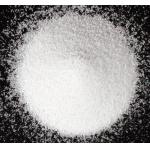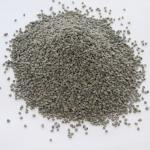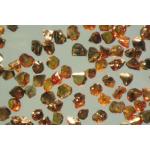Ceramic rolling balls for rolling bearings with
high-strength,resistant to corrosion and wear
Ceramic rolling elements for bearings have provided a new level of
bearing performance and reliability. Thanks to unique properties of
ceramic materials (primarily silicon nitride) it has been possible
to significantly improve the durability and speed characteristics
of bearings.
Related Data
| Main component | 99%Al2O3 | S-SiC | ZrO2 | Si3N4 |
|
Physical
Property | Density | g/cm3 | 3.9 | 3.1 | 6 | 3.2 |
| Water Absorption | % | 0 | 0.1 | 0 | 0.1 |
| Sinter Temperature | °C | 1700 | 2200 | 1500 | 1800 |
Mechanical
Property | Rockwell Hardness | HV | 1700 | 2200 | 1300 | 1400 |
| Bend Strength | kgf/mm2 | 3500 | 4000 | 9000 | 7000 |
| Compression Intensity | Kgf/mm2 | 30000 | 20000 | 20000 | 23000 |
Thermal
Property | Maximum working
temperature | °C | 1500 | 1600 | 1300 | 1400 |
thermal expansion
coefficient
0-1000°C | /°C | 8.0*10-6 | 4.1*10-6(0-500°C) | 9.5*10-6 | 2.0*10-6(0-500°C) |
| 5.2*10-6(500-1000°C) | 4.0*10-6(500-1000°C) |
| Thermal Shock resistance | T(°C) | 200 | 250 | 300 | 400-500 |
| Thermal Conductivity | W/m.k(25°C | 31 | 100 | 3 | 25 |
| 300°C) | 16 | 100 | 3 | 25 |
Electrical
Property | Resisting rate of Volume | ◎.cm | | | | |
| 20°C | >1012 | 106-108 | >1010 | >1011 |
| 100°C | 1012-1013 | – | – | >1011 |
| 300°C | >1012 | – | – | >1011 |
Insulation Breakdown
Intensity | KV/mm | 18 | semiconductor | 9 | 17.7 |
| Dielectric Constant (1 MHz) | (E) | 10 | – | 29 | 7 |
| Dielectric Dissipation | (tg o) | 0.4*10-3 | – | – | – |
At present, wear-resistant parts made of ceramic materials,
cemented and graphite are an integral part of pumps, compressors,
turbines and pipeline fittings.
Main applications:
- installations of the electric centrifugal pumps;
- pipeline accessories;
- rod deep pum;
- pumps to maintain pattern pressur;
- rotary-plate vacuum pumps;
- sealed pum;
- plunger pumps;
- slurry and mud pumps;
- main line and supporting pum;
- power and feed pumps;
- various compressors and turbines.
Advantage of ceramic materials:
- excellent wear resistance;
- excellent corrosion resistance;
- excellent coefficient of friction;
- high thermal conductivity (heat removal from the friction zone,
reduction of the temperature gradient and, accordingly, temperature
stresses and deformations);
- high modulus of elasticity (resistance to force deformations);
- low temperature coefficient of linear expansion;
- manufacturability (the possibility of providing a high quality
surface treatment).
Materials:

